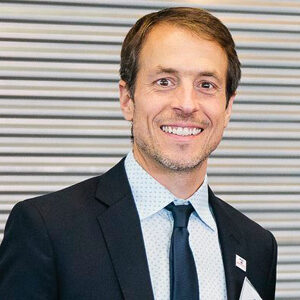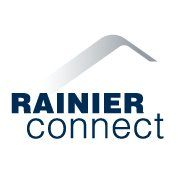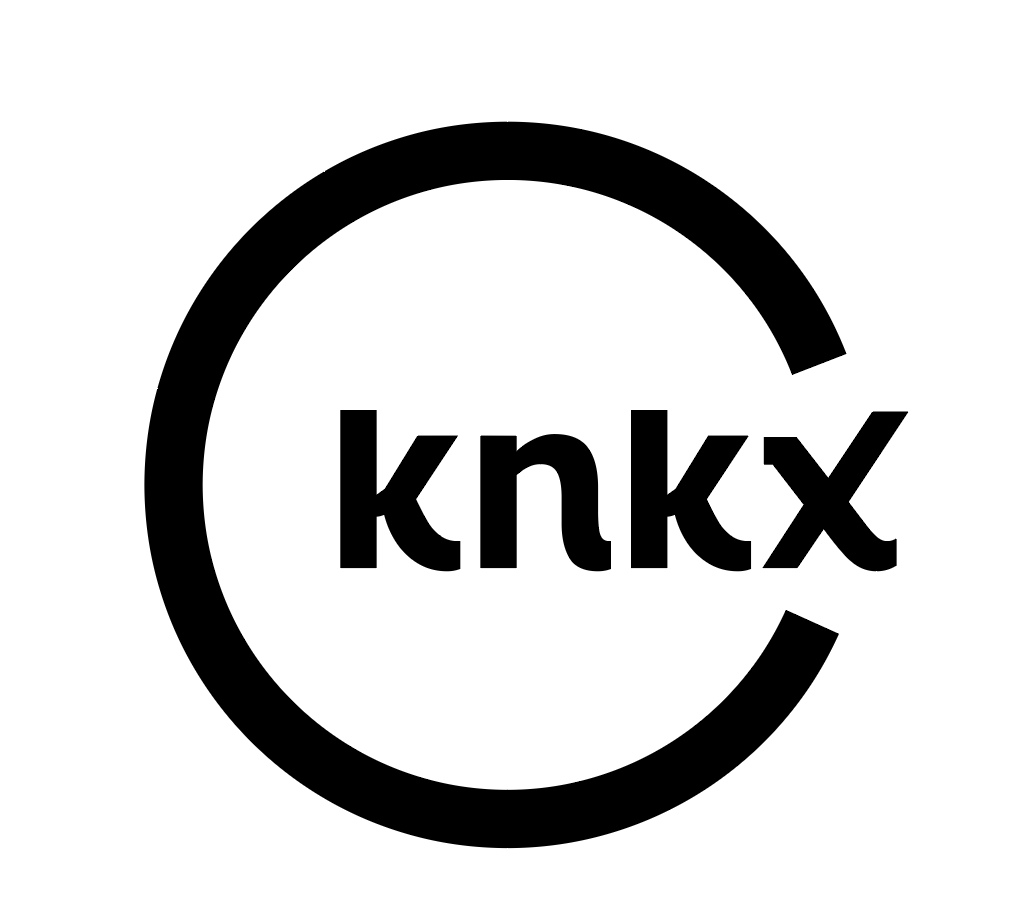
Ben Mitchell
Director of Advocacy & Policy, Foundation for Tacoma Students
The 2023 legislative session wrapped up on April 23. It’s fair to say that lawmakers and the governor notched significant accomplishments toward their priorities around housing, gun safety, and protecting abortion access. However, the one notable disappointment for the governor and lawmakers was a failure on drug possession legislation.
The accomplishments were more modest when we drill down into the K-12 higher education spaces. The funding gap for special education was the big issue, and that did receive a notable infusion of new money. But outside of that, bills and budget items were consistently pared back as the session progressed. And while that was frustrating, I think it’s a reflection of what the priorities were this year in Olympia. Whether education issues will rise to be a top priority at the state level over the next few years is an open question. And if we want to see that happen, advocates like us will need to do our part to get our issues at the top of the agenda.
The 2023 legislative session was a success.
Late last year, we began hearing the stated priorities from the governor and lawmakers for the 2023 legislative session. The primary policy item that came up most consistently was housing and to a related degree, homelessness and behavioral health. Second-tier priorities that emerged were gun safety, protecting access to abortion services, and addressing household financial hardship.
And now, with the session behind us, we can see that the governor and the legislature delivered the goods in terms of progress toward priority issues. Numerous housing bills that had stalled in prior years finally passed. A contentious ban on semi-automatic rifles was recently signed into law. Bills to protect people who travel to Washington for abortions and gender-affirming care passed. The My Health, My Data Act prevents states from obtaining people’s health data through period-tracking apps. And healthcare providers will now be shielded from legal discipline if they provide abortion care in violation of other states’ laws.
The budget environment was genuinely challenging this year. Unlike 2021, when revenue projections came in higher than anticipated, forecasted state revenues have declined in recent months. With new revenue sources not being seriously in the mix (a topic for another post), there wasn’t the same fiscal capacity as in 2021 for multiple, extensive new programs or investments. Nevertheless, budget writers kept housing as the headline priority and made significant infusions of funding in this area.
Education progress was mixed (with one important exception).
When it comes to K-12 and higher education policy, there were some good wins, but more let downs overall. The important exception is that this legislative session did see significant investments in special education funding. Washington uses a formula to determine how much money is needed to provide basic K-12 education. The formula amount is fully funded at the state level, and an important aspect of the current formula is that there is a cap on how much state-level funding we provide for special education services. That cap is set at 13.5% of a school district’s student population. In effect, this is saying that we assume that no more than 13.5% of a school district’s student body will need special education services.
The problem is that many districts in the State currently have more special-needs students than they currently receive funding for. This has created a situation where either local districts cannot provide appropriate educational services to all the special needs students in their district. Or, local districts have to use the money they raise through local levies to pay for special education services.
This issue was the only education topic that Governor Inslee spoke to in his State of the State address. It was also a clear priority for House and Senate leadership from both parties going into the legislative session. And as we saw with housing, this was another case where lawmakers stated their priority up front and then made substantial progress towards that priority.
In other areas of K-12 and higher education policy, the goals going in were modest, and the progress was mixed. Learning recovery, and addressing the impacts of the pandemic within the K-12 space, seemed to never gain traction in the legislature. The idea of providing free school meals on a universal basis moved through the House and the Senate smoothly at first, but ran into trouble with budget writers and was eventually whittled down to a more modest expansion. Investing in educator recruitment and preparation amounted to a few tweaks to the rules around school principal contracts. Some good wins were achieved in making advanced coursework and dual credit opportunities more accessible and equitable, and credit is due to the lawmakers and advocates that led on those issues.
In higher education, there were a few “good little bills” that made it through the legislative session that will make technical improvements to financial aid administration. We will see an interesting pilot to create a subsidized meal program for low-income community college students; some helpful enabling legislation around sharing student data between K-12 districts and higher education institutions; funding for a state student loan program; and a loosening of minimum GPA requirements for the College Bound Scholarship.
Education is not a top policy priority (for now).
Just like any legislative session, there was a good amount of K-12 and higher education policy that made its way through the legislative process. And there are lawmakers who are leaders in education and who come to Olympia each year with that as their top priority. However, when you zoom out and compare education to the topics that really grabbed the headlines, it’s clear that education is outside of the top priority group.
To a large degree, this reflects our collective priorities as Washingtonians. Housing, homelessness, public safety, abortion access—these are the state-level issues that seem to be top of mind for voters as a whole, and state lawmakers have been responsive to that. But I would also say that education advocates and policy professionals, like myself, bear some responsibility for our issues not getting top billing at the state level. After a twenty-year period from the late 1990s through the mid-2010s when education policy was a central issue—Barack Obama called it “the civil rights issue of our time”—its prominence as a policy issue has faded. As education advocates, our policy ambitions are more modest than they used to be and are more of a constant search for small wins rather than bold reforms.
However, I don’t think this will last for much longer. Recent research continues to show that schools really matter for kids, especially for the disadvantaged students who rely on public education the most. More acutely, there are several interconnected challenges across our K-12 and higher education systems in Washington that are going to come to head in the next few years:
- The public K-12 system is facing increasing funding pressures.
- Achievement gaps along lines of race have increased since the pandemic.
- Youth mental health challenges are surging.
- While high school graduation rates have increased, the proportion of graduates who enroll directly in college has decreased.
- We are facing acute workforce shortages in sectors that offer good wages but require education or training after high school.
All of those issues are profoundly complex. While there is no single solution for any of them, policy strategies have to be part of the mix, and that means education issues need to be a top priority for our state. In order for that to happen, advocates and policy professionals in our education system, including my colleagues and I at the Foundation for Tacoma Students, will need to work hard and focus on making better policy on a small priority set of big issues. That’s much easier said than done, but I think that remediating the achievement gaps in our K-12 and higher education systems is going to grow in urgency, and it feels like now is the time to be more ambitious with our policy work.















